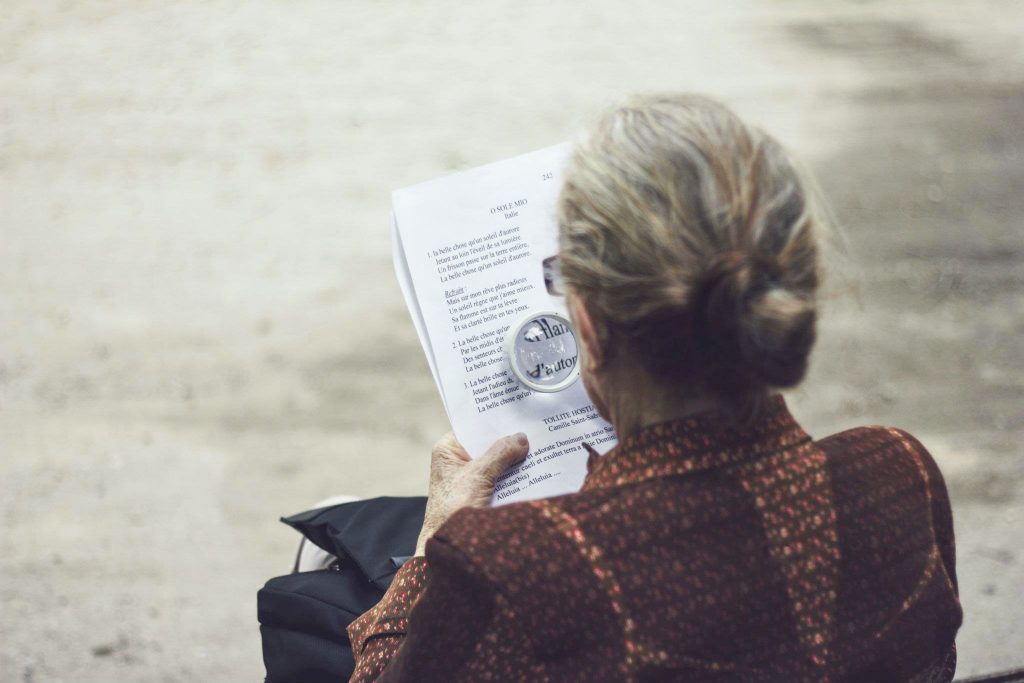Age-related vision and hearing loss are two of the most common issues that older adults face as they age. These changes in sight and sound can occur gradually over time, making them difficult to detect, but they can have a significant impact on quality of life. In this article, we’ll take a closer look at the causes, symptoms, and treatments for age-related vision and hearing loss, as well as ways to prevent and mitigate these conditions.
One of the main causes of age-related vision loss is a condition called age-related macular degeneration (AMD). AMD occurs when the macula, the part of the eye responsible for central vision, begins to deteriorate. This can lead to symptoms such as blurriness, difficulty reading or recognizing faces, and the appearance of dark spots in the center of the visual field. AMD is the leading cause of severe vision loss in older adults and can make it difficult to perform everyday tasks such as reading, driving, and navigating around unfamiliar places.
Another common cause of age-related vision loss is cataracts, which occur when the lens of the eye becomes cloudy and blurry. Cataracts can make it difficult to see in bright light, can cause glare and halos around lights, and can lead to a yellowing of the eyes. They can also increase the risk of falls, especially in older adults who have difficulty seeing at night.
Hearing loss, also known as presbycusis, is a gradual decline in hearing that can occur as we age. This can make it difficult to hear and understand speech, especially in noisy environments. It can also cause tinnitus (ringing in the ears) and difficulty hearing high-pitched sounds such as birds chirping. In severe cases, hearing loss can make it difficult for older adults to communicate with friends and family, leading to feelings of isolation and loneliness.
There are several treatment options available for age-related vision and hearing loss. For AMD, treatments can include eye injections, laser therapy, and surgery. For cataracts, surgery is the most common treatment. A cataract surgeon will remove the cloudy lens and replace it with a clear intraocular lens (IOL).
Hearing loss can be treated with hearing aids, which amplify sound and make it easier to hear and understand speech. Cochlear implants are also an option for severe hearing loss. Cochlear implants are small devices that are surgically implanted in the ear and can help to restore some degree of hearing.
In addition to treatments, there are steps that older adults can take to prevent or mitigate age-related vision and hearing loss. For vision loss, this can include regular eye exams, eating a healthy diet that’s rich in vitamins and antioxidants, and avoiding smoking and excessive alcohol consumption.
For hearing loss, this can include wearing earplugs or noise-canceling headphones in loud environments, and reducing exposure to loud noises. It also includes avoiding medications that can damage the ears, such as certain antibiotics and chemotherapy drugs, as well as keeping your ears dry and clean to avoid infections.
Another important step for preventing age-related vision and hearing loss is to stay physically active and engage in regular exercise. Studies have shown that older adults who are physically active have a lower risk of developing age-related vision and hearing loss, likely due to the beneficial effects of physical activity on cardiovascular health.
Finally, another important way to maintain healthy vision and hearing as we age is to be proactive about our health. This means visiting a doctor regularly, and taking care of ourselves both physically and mentally. Doing so can help to identify problems early on and take steps to address them before they become severe.

